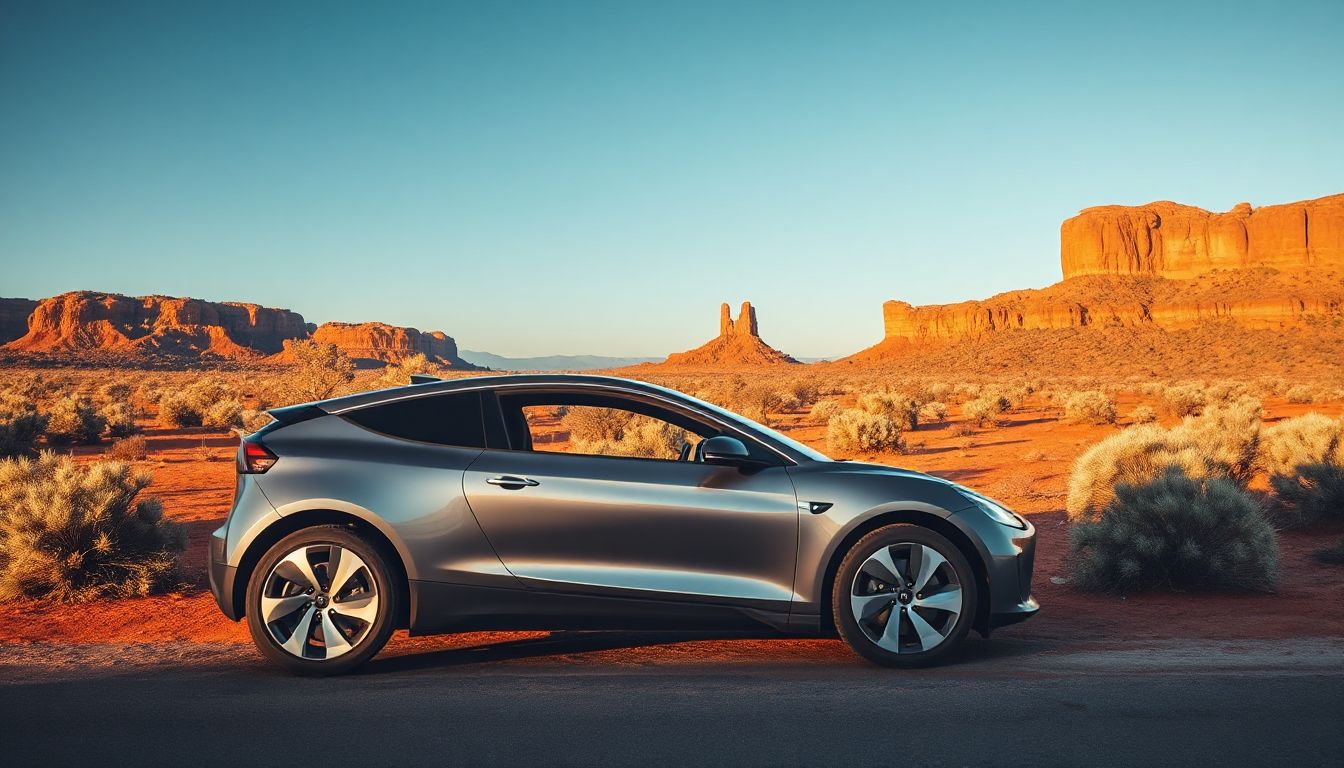Introduction
Electric cars are taking over roads around Australia faster than many expected. More Aussies are choosing small electric vehicles for daily commutes and weekend trips. These compact rides aren’t just trendy—they come with practical perks like easy parking, lower costs, and fewer emissions. As the car market shifts, government incentives make going electric a smarter choice. If you’re thinking about a smaller EV, this guide will show you what’s available and why it might be right for you.
The Australian Market for Small Electric Cars
Overview of EV Adoption in Australia
Electric car registrations are growing steadily across Australia. In 2022, EV registrations doubled compared to the year before, showing rising interest. Big cities like Sydney and Melbourne lead the charge, with more charging stations and awareness. Rural areas, meanwhile, see slower growth because of less infrastructure, but that’s changing. Factors like government incentives, fuel price increases, and the push for cleaner energy boost EV demand everywhere.
Popular Small Electric Car Models in Australia
Some small electric cars are taking center stage in Australia. The Nissan Leaf, MG ZS EV, and Hyundai Kona Electric top the list. They fit comfortably in city garages and offer handy features like touchscreen controls and advanced safety. Prices range from around $40,000 to $60,000, depending on the model and specs. Customers love how smooth and quiet these cars are, with many praising their low running costs and ease of use. Positive reviews highlight their practicality, especially for daily commutes and short trips.
Government Incentives and Policy Support
The big push for EVs isn’t just market-driven—it’s supported by policies. The federal government offers rebates that can cut the cost by thousands. Several states give additional tax credits or reduce registration fees for electric cars. Plus, subsidies help install more public charging points. These incentives make owning a small EV more affordable for everyday drivers. In the future, look out for plans to build faster chargers and expand the list of eligible models.
Benefits of Choosing a Small Electric Car in Australia
Urban Convenience and Maneuverability
Small electric cars shine in crowded cities. They squeeze into tight parking spots and turn sharply in traffic. Their compact size makes city driving less stressful and parking more convenient. With a small footprint, you’ll spend less time hunting for a spot and more time enjoying your day.
Cost Savings and Incentives
Electric cars save you money over time. Electricity costs less than petrol, so fueling up is cheaper. Many owners see savings of hundreds of dollars each year. Plus, government rebates and tax credits cut initial costs. Reduced maintenance needs—like fewer oil changes—also keep your expenses down.
Environmental Impact
Small EVs are kinder to our planet. They produce zero tailpipe emissions, cutting down greenhouse gases. Lower emissions mean cleaner air and better health for everyone. By choosing a small electric car, you contribute to Australia’s climate goals and help create a sustainable future.
Challenges and Limitations of Small Electric Cars in Australia
Range Anxiety and Battery Life
One concern is how far these small EVs can go on a single charge. Most models deliver between 200 and 400 kilometers, which is enough for city trips or short drives. Still, long trips may require planning for charging stations along the way. Thankfully, newer batteries last longer and recharge faster, easing worries about running out of power.
Charging Infrastructure in Australia
Charging stations are popping up across the country, but coverage isn’t perfect everywhere. Larger cities have more options, yet rural and remote areas still lack easy access. Home charging offers a simple solution if you have a garage or driveway. The government plans to expand networks, making charging quicker and more accessible for all Australians.
Cost and Affordability
While prices for small EVs have dropped, they still can seem steep compared to traditional cars. The upfront cost might be a hurdle, but savings in fuel and maintenance help make up for it over time. Remember, government rebates and incentives can lower the entry price, making small EVs more accessible for many buyers.
Future Trends and Innovations in Small Electric Vehicles
Technological Advances
Battery technology keeps improving, offering longer range and faster charging times. Newer batteries are lighter and more efficient. This means small EVs will go further and be easier to recharge, making them even more practical for everyday use.
Market Expansion and New Models
Automakers are designing more small EVs specifically for Australian roads. Expect to see new models with better range, features, and affordability. Competition among manufacturers will keep prices downward, giving buyers more choices.
Policy and Infrastructure Growth
The government commits to building a nationwide fast-charging network within the next few years. Incentive programs will likely grow, encouraging more Australians to make the switch. These developments will make owning a small EV simpler and more attractive.
Conclusion
Small electric cars in Australia stand out as smart, eco-friendly options for city living and daily travel. They offer easy parking, lower costs, and help reduce pollution. Staying informed on government policies and infrastructure expansion makes choosing an EV easier and more rewarding. Do your research—consider your driving needs, budget, and charging options. A small EV isn’t just a trend—it’s a practical step toward a cleaner future. Embrace the change, and drive smarter with a small electric car in Australia.




